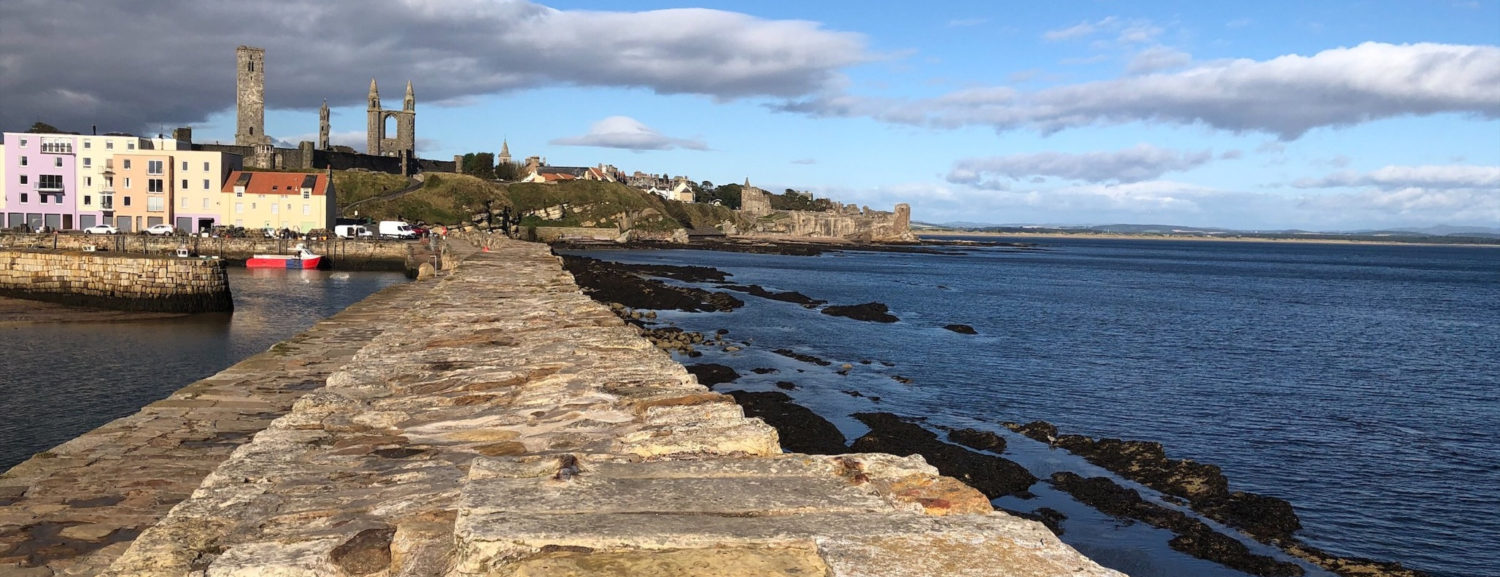The modern name “Blackfriars” refers to the Dominican friars of St Mary which existed in St Andrews in the later Middle Ages, because of the black cappa/cloak they wear over their white habits.
Back in 1464, a Dominican Friary was established here with initially only two friars. In 1514, William Elphinstone (1431-1514), Bishop of Aberdeen and founder of the University of Aberdeen, left the Dominicans his legacies generously. This allowed a new friary to be built, and three extra friars to be maintained. In 1525, Archbishop James Beaton gave the friars permission to build the chapel as an addition to the old church. As there was no enough space on the friary site, the chapel was located ten feet out upon the street. It consisted of a nave and transepts and was built in sandstone rubble with ashlar surrounds and tracery.
Regrettably, the friary was seriously damaged in a fire caused by the forces of Norman Leslie in 1547. Furthermore, in June 1559, the protestant reformers associated with the Scottish Reformation violently expelled the friars and destroyed the Blackfriars Chapel, leaving only the ruins that we see now. The survives indicated that Blackfriars was a complex building, with a mixture of Scottish and Low Countries influences, as described in the Blackfriars Chapel Statement of Significance that “Though the polygonal shape had Scottish precedents – at Ladykirk, Berwickshire (which has apsidal transeptal chapels), and the two-storey aisle at Arbuthnot, Kincardineshire – the chapel seems more likely to have been influenced by Low Countries’ models (e.g., Delft, Zaltbommel and Leiden). The window tracery is composed of uncusped loop-like forms which originate in the brick architecture of the Low Countries, where variants can be found in the late 15th-century churches of Kapelle and Kloetinge, Zeeland, and more elaborately in the Dominican Friary in The Hague (c.1500).” In 1567, Queen Mary granted the property of the chapel to the burgh of St Andrews. In 1911, the property was taken into state care.
